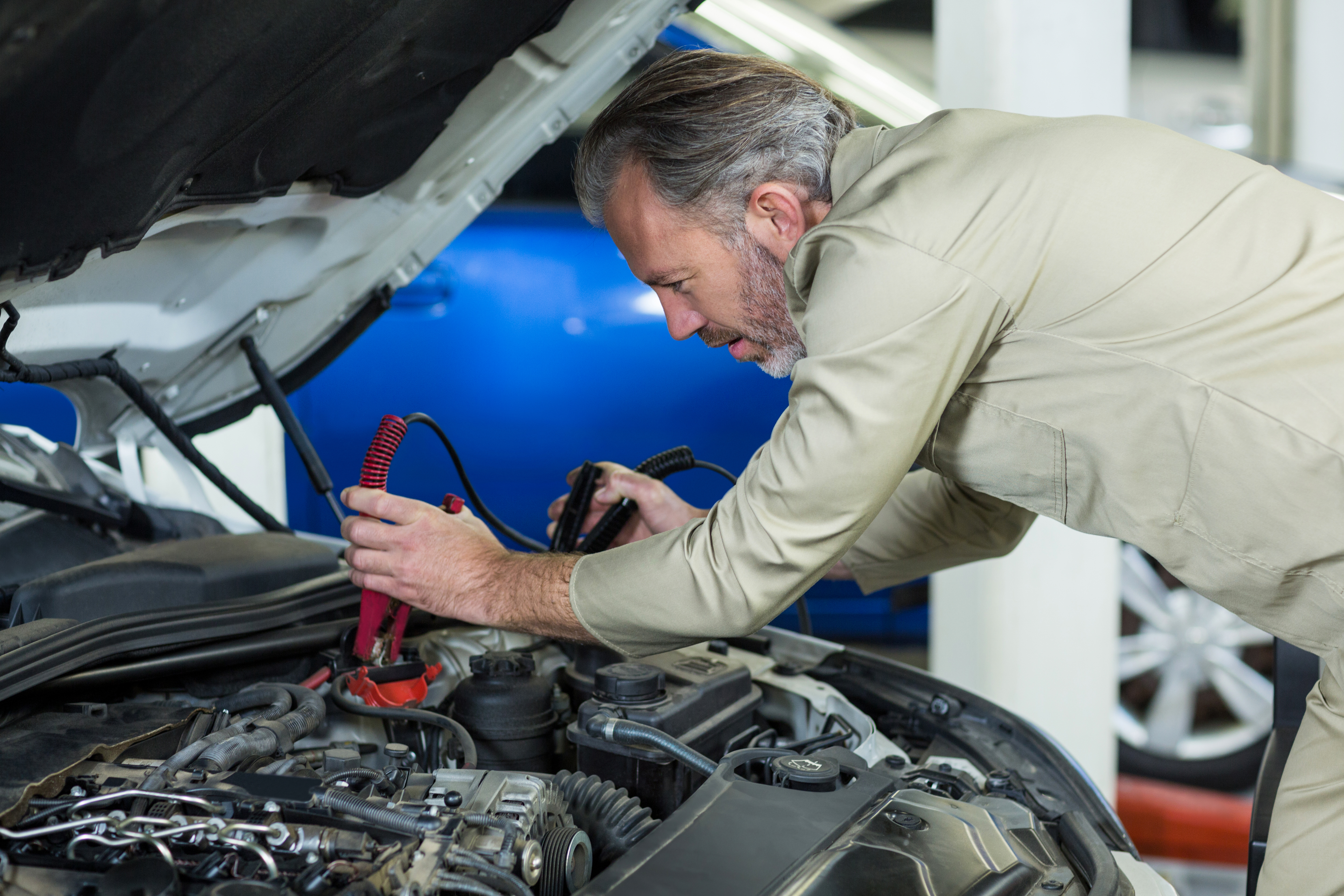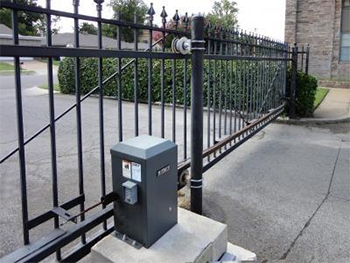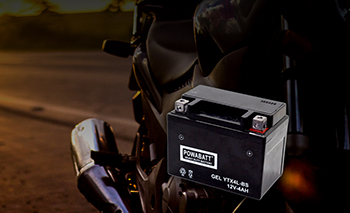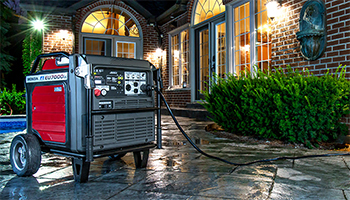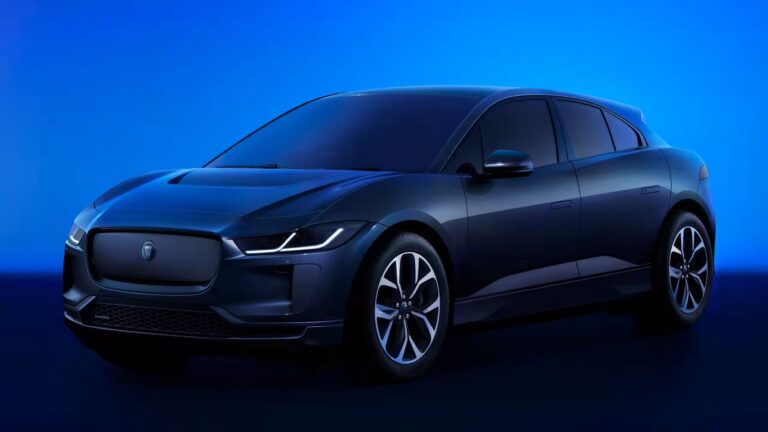Ensuring the longevity of your car battery
One of the comedy sketches that I often recall from my youth shows a typical bank heist sequence, with two scruffy hooligans clutching canvas bags charging for their getaway car to the sound of alarm bells shattering the silence of the financial district. They leap into the car, the driver twists the ignition switch, and the next sound you hear is a noise from the engine bay that goes: “Yuh Yuh Yee-aw Click.”
There is nothing quite like the sinking feeling that accompanies the death groans of a flat battery. And even in this modern era of amazing motor-related reliability, batteries still fail, more often than not, when you need to get somewhere in a hurry.
Whilst modern batteries require little in the way of maintenance – they don’t even require topping up anymore – the demands on batteries have increased along with all the electronics fitted to modern cars. It is particularly true of vehicles equipped with stop-start systems where the engine automatically switches off at traffic lights and starts up as soon as you take your foot off the brake.
Then there are alarm systems that continue to draw current from the battery after you’ve locked up and put your car and yourself to bed. And in this era of lockdown where so many people are working from home and staying isolated, many car batteries have been known to go into ‘sulk mode’ due to the lack of attention.
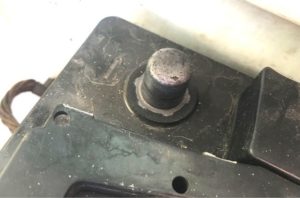
Above: Clean battery terminals like this promote great connectivity.
So what can you do to keep your battery charged?
With a modern car, the best way to keep the battery charged if your car stands idle for an extended period is to use a modern trickle charger. We have these available for purchase in our stores. They are connected to the battery without removing it from the engine bay. Some can also be used via a power socket, such as a cigarette lighter socket, on the car.
Consult Battery Man, on the best way to connect one of these chargers to your car’s battery. Some modern vehicles have very inaccessible batteries, but these cars usually have additional terminals inside the engine bay to enable a quick jump-start from another battery. Wherever you connect the charger, it is a good precaution to place the charger outside the car, just in case there are any short circuits.
Note that with some sophisticated modern cars, if the battery is disconnected, a certain amount of reprogramming of the electronics may be needed once the battery is reconnected.
With older cars (and some low-cost modern cars) using simple electronics, an easy way to preserve battery life is disconnecting the battery earth cable. That’s the cable that goes to the negative terminal on the battery denoted by a minus (-) sign, whereas the positive terminal has a plus (+) marking alongside it.
Why disconnect it?
You disconnect the earth cable because if you accidentally slip with your spanner on the positive terminal, you can cause sparks to fly if the battery is still earthed. So disconnect the earth cable. Usually, you will need a 10mm or 13mm spanner to do this, but today some manufacturers have battery connectors that don’t even require a spanner for connection or removal.
If you are only using your older car very sporadically, it is also a good idea to purchase a battery charger to ensure your car’s battery remains charged. In the case of older cars, a much simpler and cheaper battery charger can be used, so ask your local spares shop which charger will be suitable for your vehicle.
Allowing a battery to run flat actually damages the lead plates inside the battery, to the point where if the battery runs flat too often, eventually the battery won’t accept a charge. So as a top-up job, it’s a good idea to charge the battery if your car has been left standing for long periods before drawing a whole bunch of current from the car’s starter motor.
You can still buy relatively cheap chargers from spares outlets for a few hundred rands. Using a simple charger, you will need to remove the battery from the car. You should ensure you connect the red cable on the charger to the positive terminal and the black cable to the negative terminal before switching the charger on. An overnight charge should get the battery up to full charge.
Modern chargers
Even on old cars, the modern, more sophisticated (and expensive) chargers will enable you to charge your car’s battery without removing it. And there are very sophisticated chargers on offer that can rejuvenate a tired battery by exciting the particles in the battery, effectively cleaning up the lead plates so that they can accept a full charge.
But it is not a bad idea to remove a car’s battery now and again for maintenance purposes on older cars. The battery platform in the engine bay is often subject to severe corrosion, so it is wise to remove the battery and the battery tray (if fitted) and do a thorough clean up. Using bicarbonate of soda mixed with a little water in a thick paste will react on any acid and neutralise it (you’ll see the acid bubbling away). You can then clean this off thoroughly with water, coat the metal surface with an oil-based lubricant and replace the cleaned-up plastic battery tray.
Before replacing the battery, you should clean the terminals on the battery with gritty water paper and clean the clamps and battery cables in the same way, as it will promote good contact between the battery cables and the battery terminals. Also, coat the terminals and clamps with a lubricant to deter corrosion from forming.
Once you’ve done this – it would represent a leisurely Sunday-morning’s work – your car will be good to go. And again, take that extra time out to ensure that your car’s battery remains healthily charged.

